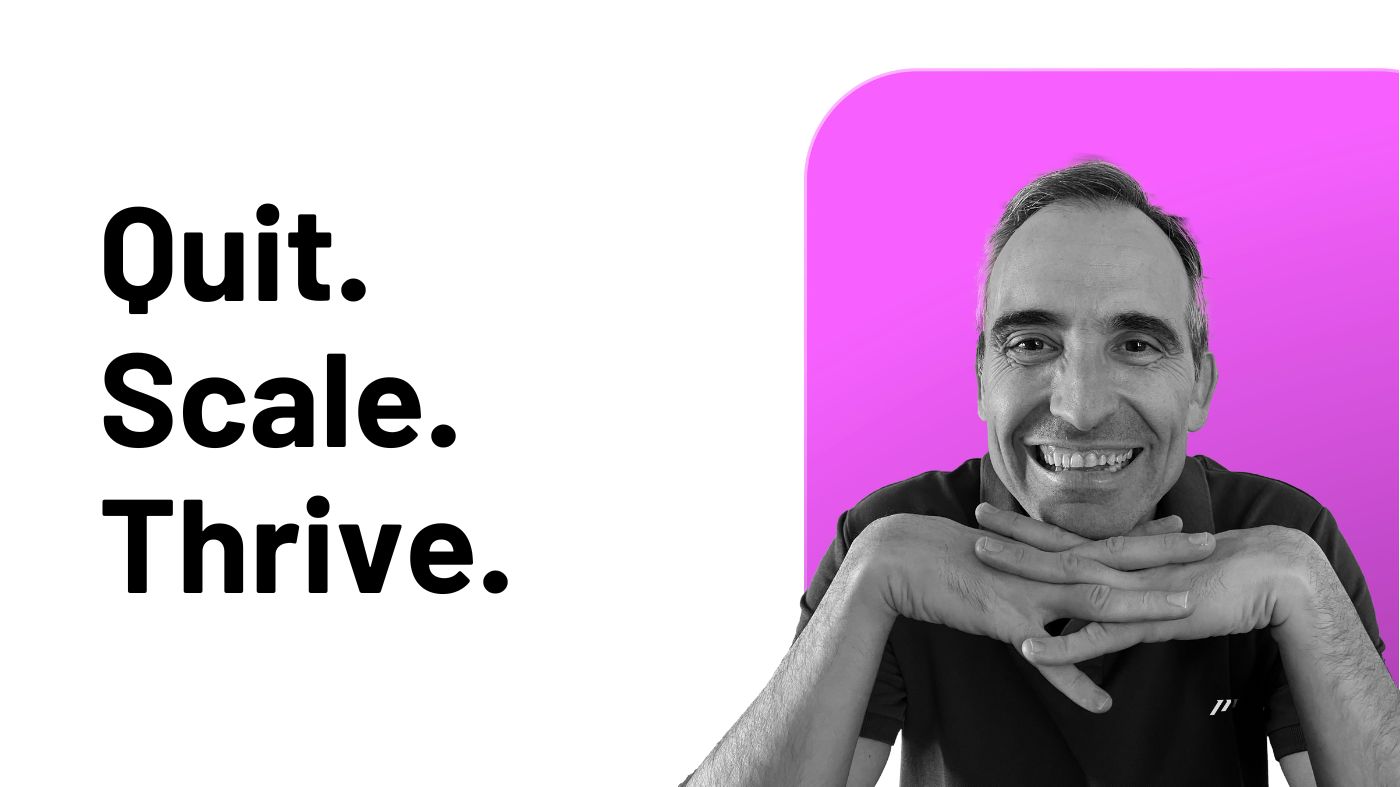ICOR® splits a productivity system end to end in two different worlds: information and action.
If you’ve already gone through our course “PKM like a Pro”, you’ll know that we’ve created a mental model called “The Capturing Beast” to help you capture the information that really matters to you.
But information is just part of the story.
When it comes to action, to get things done, we got you covered thanks to another mental model we’ve designed and developed: “The Execution Beast”.
Introducing “The Capturing Beast”
This mental model follows two easy steps.
The first one is creating your initial Output Elements.
The second one is putting PEA (Plan, Execute, Align) into action, to plan and execute all those Output Elements, being sure everything you execute is aligned with your goals.
So, let’s start with the first step!
Step 1: Create Your Output Elements
At the Paperless Movement®, we don’t subscribe to annual planning.
Instead, we advocate for quarterly planning as a strategy for developing your initial set of Output Elements.
So, each quarter, you set your goals, ensuring they are as specific as possible. This precision aims to make the anticipated outcomes crystal clear once those goals are met.
Then, based on your goals, you create the Output Elements (Projects, Workstreams, or Operations) you may think of, outlining a high-level roadmap that includes start and end dates for each.
If you can identify any specific tasks at this stage, you can allocate them among the previously mentioned Output Elements to which they belong.
Once you’re done with this, you will execute these tasks on a weekly basis, taking full advantage of PEA, as we’ll describe in a moment.
Of course, you can create any additional Output Elements at any time, whether during your weekly planning sessions or within your daily execution, as required.
Once your Output Elements are set, you’re prepared to transition to the second stage of the Execution Beast: PEA.
Step 2: PEA (Plan, Execute, Align)
To start with PEA, remember the three questions PEA answers:
-
Plan: When am I going to do this?
-
Execute: What do I do now?
-
Align: Am I doing what I SHOULD be doing?
Let’s see them one by one.
Planning on a weekly basis is essential for keeping your team efforts streamlined and your goals on track.
The outcome of your weekly planning should be a clear set of weekly goals, tasks that everyone on the team is dedicated to completing within the week.
These aren’t just to-do items. They are commitments!
During the daily execution, these goals should remain the focal point of daily efforts.
They should always be on top of all other tasks, whether those are planned or unexpected. As you see, it’s all about prioritizing what moves you forward the most effectively.
We can state pursuing these weekly goals creates a compelling force, propelling the team toward success because, if obstacles arise, the team knows they’ve given their all, and regardless of the immediate outcome, they will undoubtedly be closer to their goals than they were the week before.
And that matters a lot!
During this weekly planning, it’s crucial to assign specific days for each task. That way you’ll clearly see if that plan is doable or just a dream full of good intentions.
Our recommendation is always the same: set just one weekly goal per day for each member of your team.
For the rest of tasks, schedule them to see if the week’s workload is balanced for everyone.
If you spot an overload, decide which tasks should be moved to the next week.
Once you’ve finished this planning stage, you’ve effectively answered the first crucial question: “When am I going to do this?”.
With this clarity, it’s time to transition to action mode and address the next crucial question: “What do I do now?”
As you transition into the execution phase, you shift from the broad scope of weekly planning, a key component of your Project Management System, to the more focused arena of daily execution, something that belongs to the Task Management System.
At this point, we’d like to double down on the fact that different systems don’t necessarily require different tools. So, if you bet on the same tool for your Project Management System and your Task Management System, there’s no problem at all.
Weekly planning sets the stage for execution, but we all know our daily lives are quite complicated.
That’s why, in addition to weekly planning, it’s essential during execution for all team members to keep a pulse on these four critical elements to stay aligned with what needs immediate attention:
-
Energy Levels
-
Urgent Tasks
-
Speedies
-
And, Unexpected Events
Let’s see them one by one.
Tasks, including planned or unexpected, demand appropriate energy levels.
We recommend to always tackle high-energy tasks, like weekly goals, when you’re at your peak performance, reserving lower-energy tasks for periods of less intensity.
It’s also crucial to understand what “urgent” means.
Urgent tasks always significantly impact the business like, for example, a main server crash halting sales.
Clearly defining “urgent” ensures that such tasks are prioritized and addressed without delay.
As outlined in our course “Task Management like a Pro”, speedies are tasks that take less than 15 minutes.
They should be grouped and integrated into specific daily routines, ensuring they don’t become an obstacle to achieve the weekly goals.
You should never underestimate speedies because of their time-length, as they’re also crucial for the business, and they need to be done.
Using brief gaps through the day, such as a spare 30 minutes, where no other task can be allocated, can bolster efficiency.
Finally, unexpected tasks or events are inevitable.
With a solid daily plan in place, thanks to PEA, you can swiftly evaluate and prioritize an unexpected task against your current commitments.
The choice between the two boils down to comparing their importance and focusing on the more critical task.
To end up this execution stage, we’d like to add that a seamless link between the Project Management System and the Task Management System is essential, ensuring every team member is continuously updating both to let information and action run smoothly between them.
This constant connectivity fosters an environment where priorities are clear, and nothing falls through the cracks.
Finally, we arrive at one of the most challenging elements that a Project Management System must address: ensuring that tasks and goals are aligned so, each day, the entire team advances toward their achievement.
This concept addresses the critical question, “Am I doing what I should be doing?”, and it’s covered by PEA’s third and last stage: Align.
To ensure every team member can answer this question with a resounding “yes”, it’s essential to focus on the following two aspects.
First, when crafting the initial Output Elements during the first phase of “The Execution Beast”, it’s crucial to pay attention to their alignment.
This ensures your starting point is flawlessly aligned, and every task is clearly contributing to its respective goal.
Second, in your weekly planning sessions, revisit this alignment.
Evaluate whether any new tasks are out of alignment, and make the necessary adjustments.
Just by following these two points, you can rest assured there’s a perfect alignment between your tasks and your goals.
Last Thoughts
Now that you’re familiar with how the Execution Beast works, you have the power to create all the Output Elements you need.
You can also plan and execute all these elements, being sure each task aligns with any of your goals.
By tackling tasks daily and achieving weekly goals, your team will operate at its peak level.
More than just efficiency, they’ll be driven by a sense of purpose, seeing how their everyday responsibilities contribute to broader goals.
They’ll feel a continuous sense of achievement, getting closer to those goals with each passing day.
So, trust the Execution Beast to keep the momentum going!




